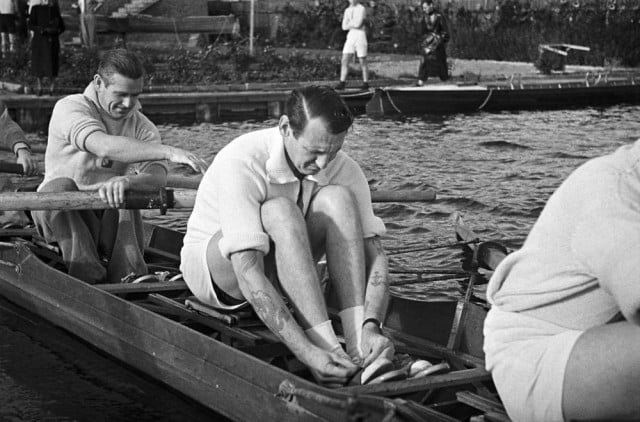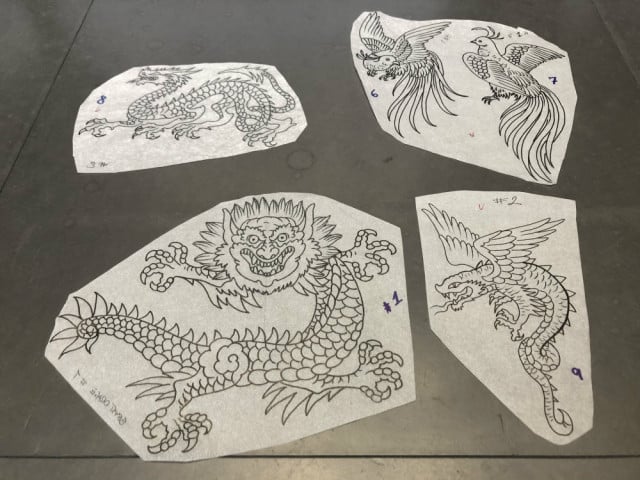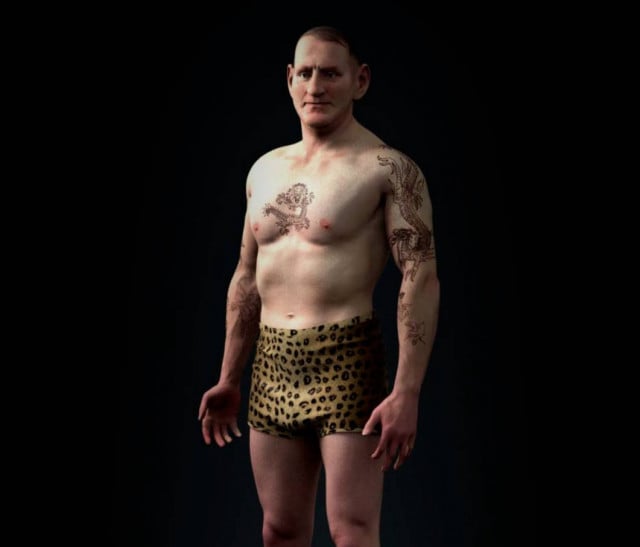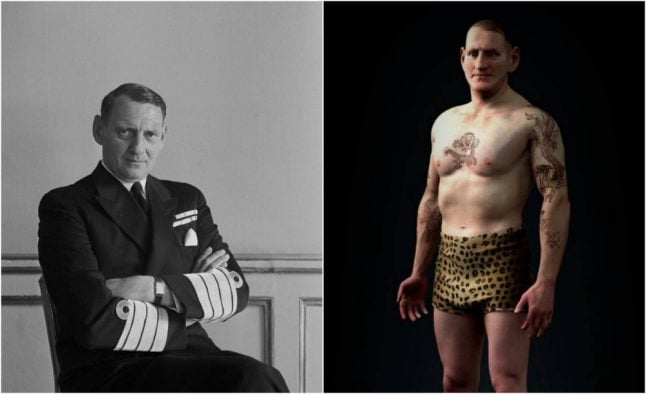A living member of the Royal Family who knew King Frederick IX – the father of the current Queen Margrethe II – also helped to put together the unusual royal reproduction, which can be viewed in full on the website of public service broadcaster DR.
The feature starts with a uniformed King Frederik, before baring his flesh to reveal his multiple tattoos and the stories behind them.
The King was known to appreciate the company of ‘normal’ people – a fact perhaps reflected in his partiality to body art.

Then-Crown Prince Frederik rowing in 1942, in one of the photographs used to recreate his tattoos. Photo: Ritzau Scanpix
“Frederik IX’s story is very much also Denmark’s story,” Søren Dalager Ditlevsen, a historical journalist with DR who worked on the development of the graphic, told The Local.
“A great many big changes occurred in both Denmark and Europe while he was Crown Prince and King. The monarchy was actually relatively close to being abolished, as was the case in a number of other countries. So he’s essentially an interesting person,” Ditlevsen explained.
King Frederik IX was born in 1899 and reigned Denmark from 1947 until his death in 1972.
The King’s tattoos, as well as being unusual for a monarch, were also fascinating for Ditlevsen because they “can typically tell you a lot about a person,” the journalist said.
DR’s researchers based their work to replicate the King’s tattoos on painstaking study of photographs and video footage of Frederik as both a young and an older man.
They then consulted tattoo artist and tattoo historian Frank Rosenkilde of the Bel Air Tattoo parlour in Copenhagen. Rosenkilde also runs the Danish Tattoo Museum.

Frank Rosenkilde's drawings recreating the King's tattoos. Photo: DR
Based on the DR research and his own knowledge of genres, styles and tattoo history, Rosenkilde re-drew King Frederik’s nine tattoos by hand. The tattoos were then transferred to the 3D figure.

Photo: Martin Guldbaek/DR
“It was relatively difficult, because there are only a few photographs and films in which (the King’s tattoos) can be properly seen. Many written sources, such as in newspapers and old books, proved to be quite unreliable and probably based on rumours and myths,” Ditlevsen told The Local.
Princess Benedikte, the Queen’s younger sister and King Frederik’s second daughter, also assisted the work on the 3D model, Ditlevsen revealed.
“In one instance we were helped by King Frederik IX’s daughter Princess Benedikte, who was able to tell us that a tattoo on his underarm pictured a fox. Because of bad photos, we couldn’t see what it was – our guesses had been anything from tiger to horse,” he said.
Although a 100 percent accurate reproduction was impossible due to the limited nature of visual source material, the researchers had come “as close as possible within the given timeframe” with the work, he noted.
Meanwhile, the snazzy leopard-print shorts sported by the King in the animation are not a creative flourish — he actually owned a pair just like them.
Anyone who may have additional information about the King’s tattoos is encouraged to get in touch with DR via email.
See the full 3D reproduction of King Frederik IX’s tattoo’s here.
READ ALSO: Inside the world's oldest tattoo parlour in Copenhagen



 Please whitelist us to continue reading.
Please whitelist us to continue reading.
Member comments